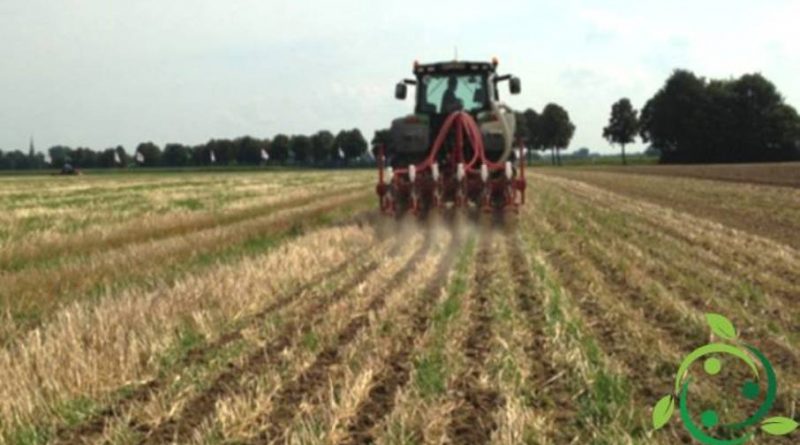Scarifying
Scarifying
In agronomy Scarifying is a process performed as an alternative to plowing with the use of heavy scarifiers.
Scarification has the advantage of not altering the profile of the ground because it does not reverse or mix.
Scarifying therefore lends itself to be carried out on land where the alteration of the profile is to be avoided; moreover, at the same depth it requires lower traction forces.
Scarifying, in all respects, is a more energetic cultivation process than harrowing.
The operation performed, as mentioned, by the scarifiers, tends to engrave and break the ground without turning it over, producing cracks in all directions up to about 30 cm deep, in order to facilitate the storage of water and the porosity of the soil , as well as to partially destroy the weeds that you want to eliminate in advance.
Scarifying, to an apparent disadvantage of not immediately giving the soil greater fertility, as part of the agricultural soil is not turned, with sudden greater availability of the organic substance, is instead a more conservative technique of the soil as it does not alter the profile that has formed in thousands of years.
The scarification technique is therefore a more suitable operation for an environmentally sustainable and conservative agriculture.
Scarifying with lighter tools (which go much less in depth) is now widely used for aerating lawns for ornamental or sports use.

